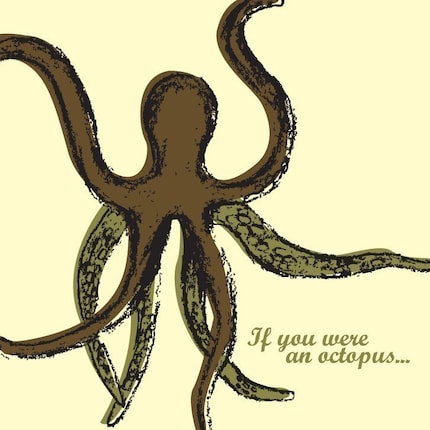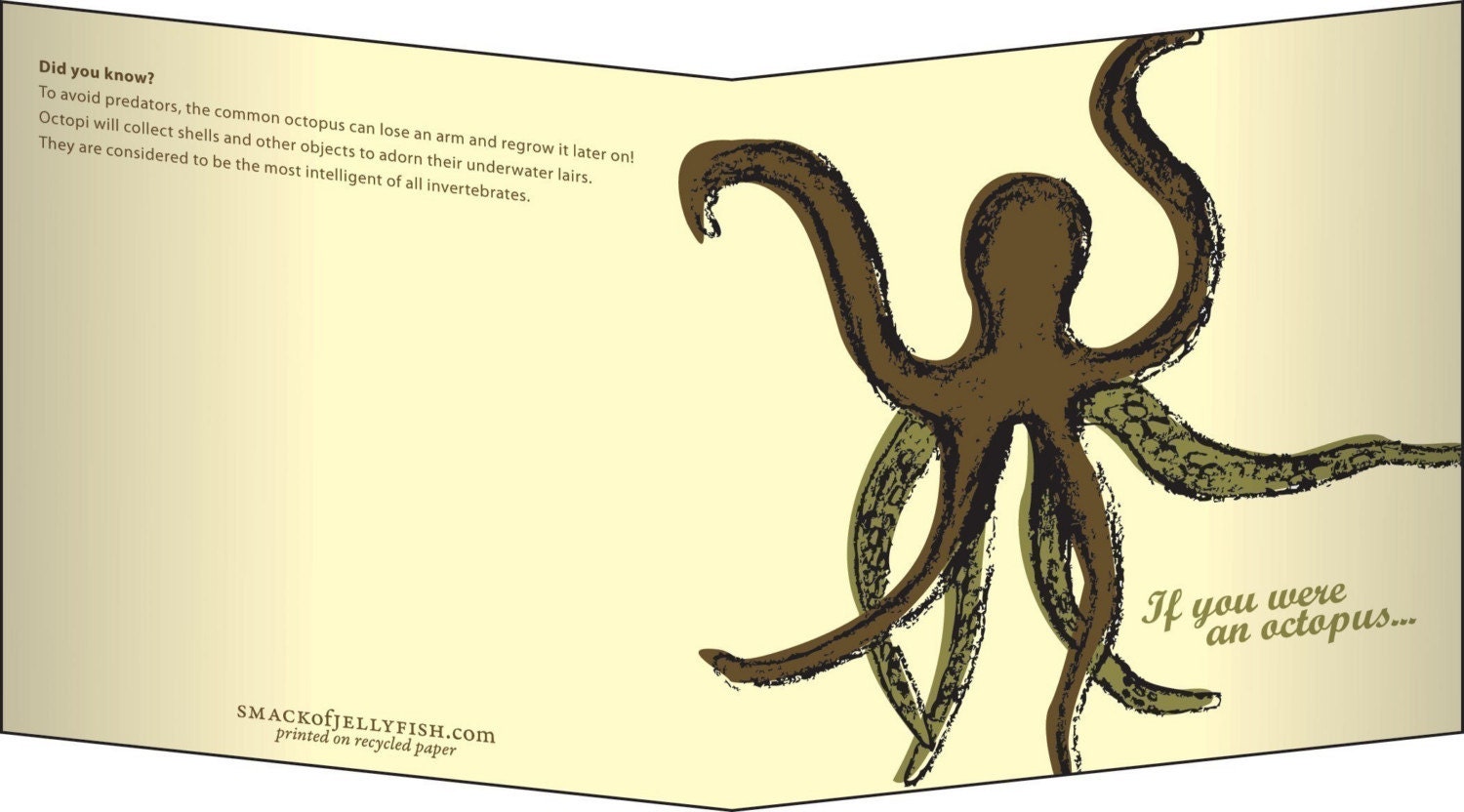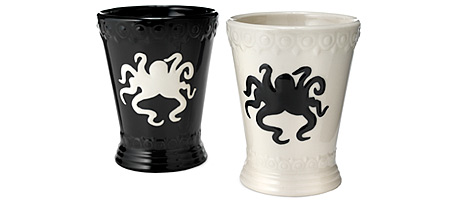This is an oldie, but goodie!From: Dailyrecod.co.uk, January 16, 2006
Written by: Cara Page
Giant octopus tries to devour a submarineA GIANT octopus almost ate a submarine when the £75,000 craft invaded its territory.
The 18-foot sea monster wrapped its tentacles around the remote-controlled sub's cable and hauled itself towards it.
Then it grabbed the vehicle and tried to bite through its metal skin.
The sub's amazed controllers used its thrusters to fire sand and grit from the seabed at the octopus, forcing it to let go.
And when they got the vehicle to the surface, they found two pieces of tentacle, each as thick as a man's arm, still attached to it.
The 80lb octopus pounced as the ROV (remotely operated vehicle) tried to move a cable on the seabed.
Chris Tarmy, whose company supplied the sub, said yesterday: "The octopus was obviously irritated by the ROV. It was a terrifying sight as it came galloping along the cable to attack.
"These creatures have terrific jaws and the sub's surface pilot was very worried that we could have lost it. But as the octopus engulfed the ROV with its tentacles, the pilot slammed its thrusters into reverse.
"Luckily, after a bit of a battle, the octopus let go.
"When we got the ROV back to the surface, it had these two big bits of tentacle stuck to it."
The 110lb, four-foot sub, supplied by Hampshire firm Seaeye, was working off Vancouver Island in Canada when it was attacked.
It suffered no major damage and experts say the octopus's lost tentacles will grow back.
The Giant Pacific Octopus can grow as big as 600lb. The creature is known for its intelligence and can unscrew jars to get at food.
Chris joked: "Perhaps the octopus" fancied the ROV. I suppose it can get lonely down there."
















